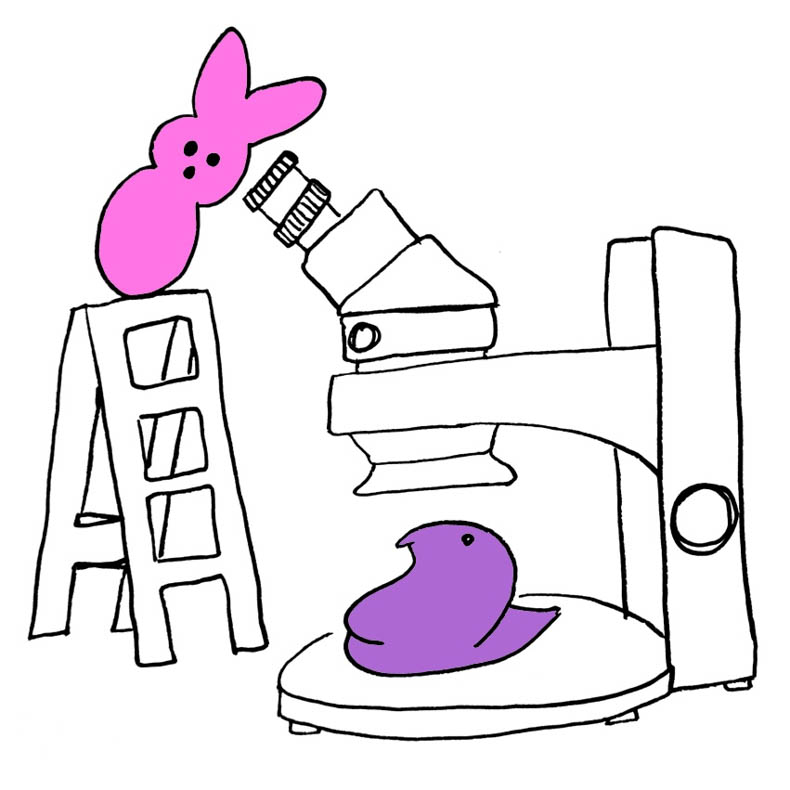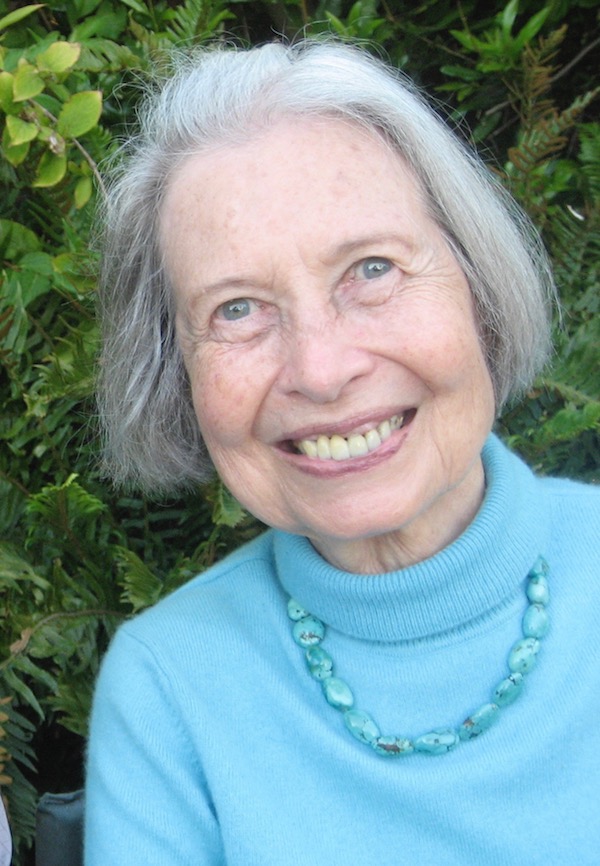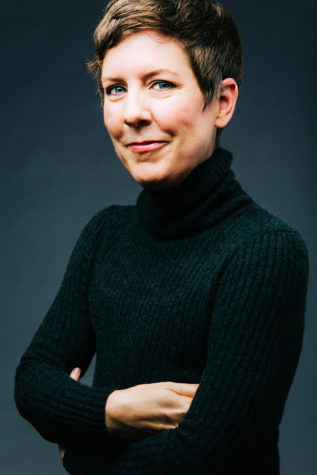
I’m not sure where the idea first came from. I think it was tossed around in a comment section – here on LWON, maybe, or on a Facebook post. And it seemed like a great idea. But it also seemed like a lot of work.
It turns out, if you want to do something that seems like too much work to even bother with, you get Siri Carpenter on board. Siri is the co-founder and editor-in-chief of The Open Notebook, the website that helps science writers be better at science writing, and as of this weekend she’s the new president of the National Association of Science Writers.
And that’s why I’m proud to announce today: The World’s Finest (and Only…As Far As We Know) Science-Themed Peeps Diorama Contest! It’s sponsored by The Open Notebook, me (Helen Fields) and my peeps-diorama-making teammates, Joanna Church and Kate Ramsayer.
Head on over to The Open Notebook to read about it, or behold some of our past Peeps dioramas for inspiration: Hamilpeep, Moby Peep, Sweaters for Peepguins, or Mary Anning: Paleontolopeep. Or ask Dr. Google for many, many other Peeps dioramas. We’re not accepting entries until February, which means you have plenty of time to come up with the best idea ever. We look forward to peeping it.

Illustrations: Helen Fields
 It’s embarrassing enough that it took me 12 years to go to Channel Islands National Park, especially since I see the islands almost every day. Last month, I got on board the dive boat that would take us to the place they call the Galapagos of North America. At last! The captain said something about Dramamine, but I didn’t really pay attention.
It’s embarrassing enough that it took me 12 years to go to Channel Islands National Park, especially since I see the islands almost every day. Last month, I got on board the dive boat that would take us to the place they call the Galapagos of North America. At last! The captain said something about Dramamine, but I didn’t really pay attention.

